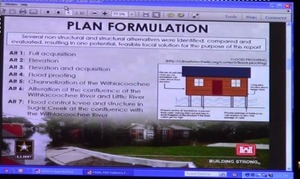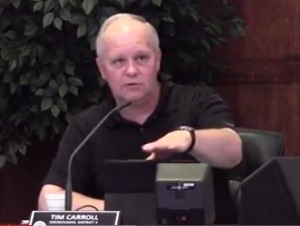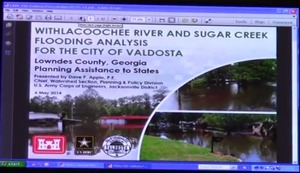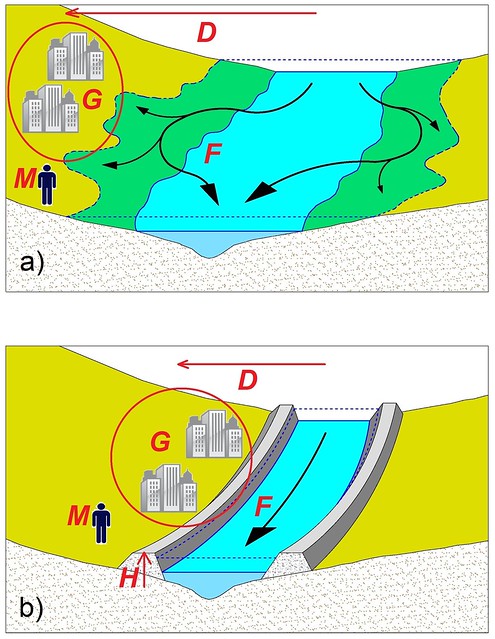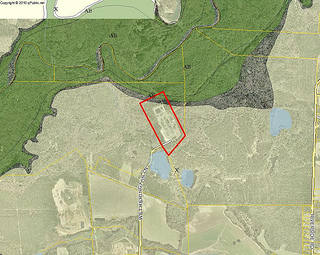The Lowndes County Commission added two important agenda items early in their February 25, 2025, meeting: 5.b. Vote on opting out of HB-581 and 5.c. Resolution to increase local homestead exemption. They approved both unanimously, although there is more to do at the state level; see below for that.
But why did the Commissioners wait until this meeting to add those items, when they’ve known for many weeks they would have to vote on them?
![[Collage @ LCC 25 February 2025]](http://www.l-a-k-e.org/govt/loco/2025-02-25--lcc-regular-videos/many.jpg)
Collage @ LCC 25 February 2025
They unanimously approved the few other items.
Can somebody explain why the County Manager does not provide a written report? I, for one, cannot remember all the stuff she runs through in a few minutes. She is clearly reading from notes. She could just make at least a bullet list, or have one of her assistants do so.
One citizen spoke: 8. CWTBH – Kelly Saxon – flooding, hurricane recovery, cooperation.
Below are links to each LAKE video of each agenda item, with a few notes by Gretchen Quarterman, followed by a LAKE video playlist.
See also the Continue reading

